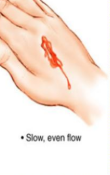NSTP QUIZ
1/70
There's no tags or description
Looks like no tags are added yet.
Name | Mastery | Learn | Test | Matching | Spaced |
|---|
No study sessions yet.
71 Terms
First aid
is an immediate care given to an ill or injured person, consists of the initial support provided to someone in the middle of a medical emergency
PRESERVE LIFE, PREVENT DETERIORATION, PROMOTE RECOVERY
AIMS OF FIRST AID
PROMOTE RECOVERY
Finally, you can promote recovery by arranging prompt emergency medical help.
PREVENT DETERIORATION
You should attempt to make the area as safe as possible and removing any dangers
PRESERVE LIFE
Your first aim is to preserve life by carrying out emergency first aid procedures.
RESPECTFUL
should maintain professional & caring attitude
OBSERVANT
should notice all signs.
RESOURCEFUL
should make the best good use of things at hand.
GENTLE
should not cause pain.
TACTFUL
should not alarm the victim.
Check the scene for danger, Call for medical help, if needed, Provide care
3 STEPS FOR EMERGENCY SITUATIONS
EMPATHETIC
should be comforting.
HINDRANCES IN GIVING FIRST AID
▪ Unfavourable surroundings:
o Night-time
o Crowded city streets, churches, shopping malls
o Busy highways
o Cold and rainy weather
o Lack of necessary materials or helpers
▪ The presence of the crowds
▪ Pressure from victim or relatives.
DRESSING OR COMPRESS
is a sterile or clean cloth used to cover the wound.
BANDAGES
any clean cloth material sterile or not used to hold the dressing in place
A- AIRWAY B- BREATHING C- CIRCULATION
FOR RESPIRATORY ARREST
C- CHEST COMPRESSION A- AIRWAY B- BREATHING
FOR CARDIAC ARREST
ASSESSING BODY TEMPERATURE
Is the balance between the heat produced by the body and the heat lost from the body.
36.7 ‘C (98’F) to 37.0’C (98.6’F)
The average body temperature of an adult is between?
oral, rectal, axillary and tympanic
There are several body sites for measuring body temperature. What are these?
PULSE
The term used to describe the rate, rhythm and volume of the heartbeat
beats per minute or breaths per minute
what is (bpm)
60 to 100 bpm
what is Normal range for pulse
TEMPORAL ARTERY
what is this
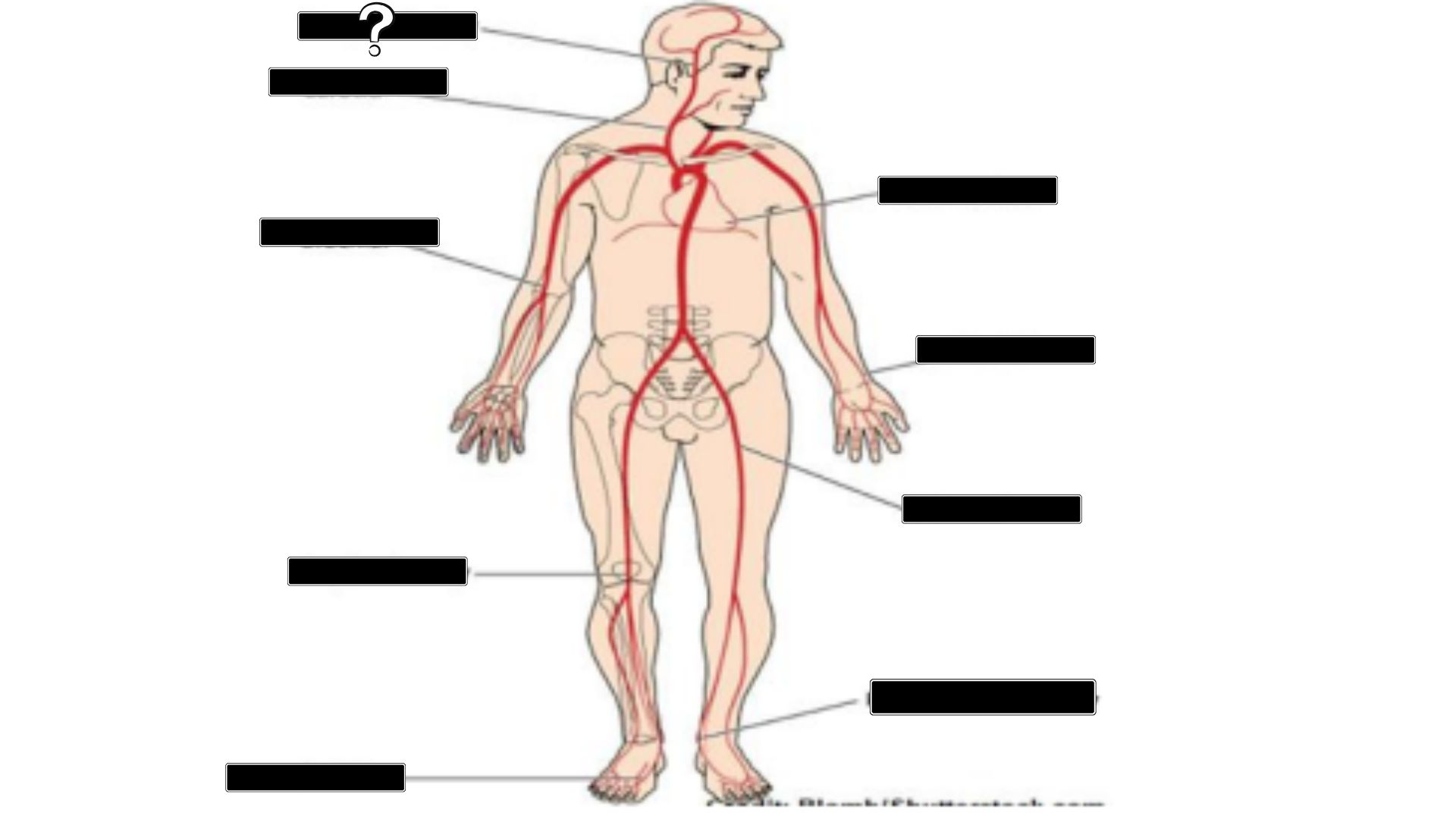
CAROTID
what is this
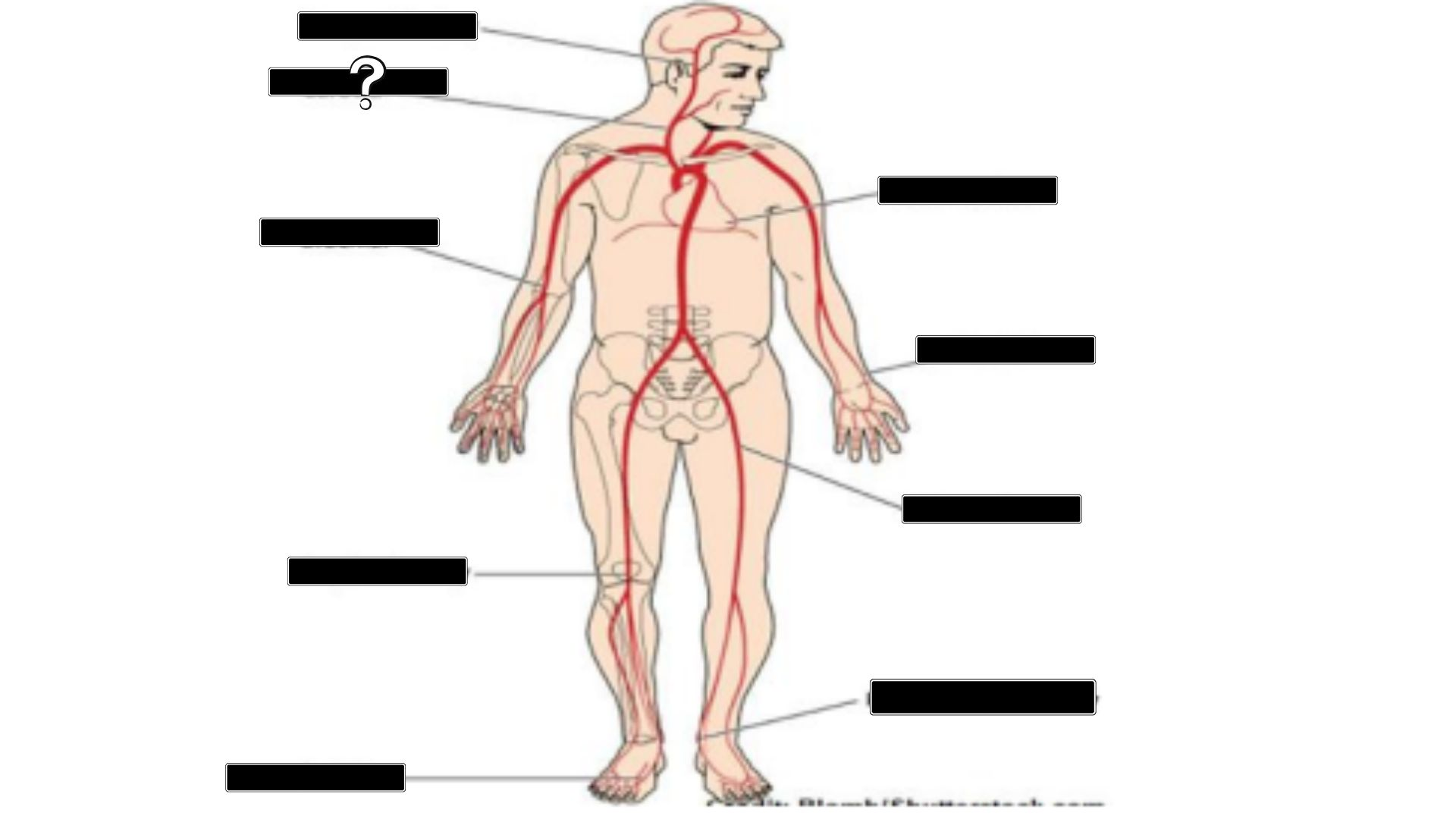
BRACHIAL
what is this
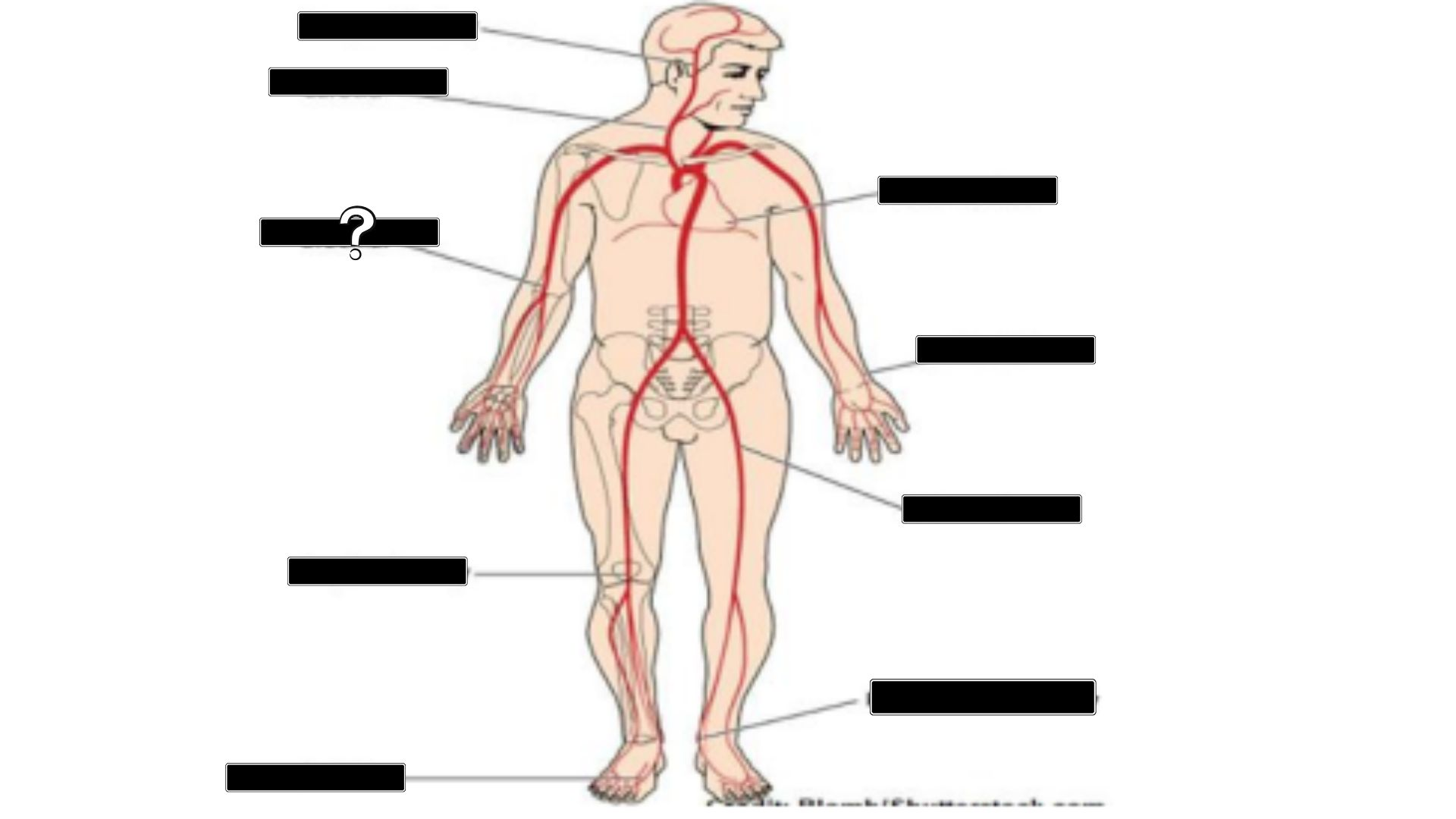
POPLITEAL ARTERY
what is this
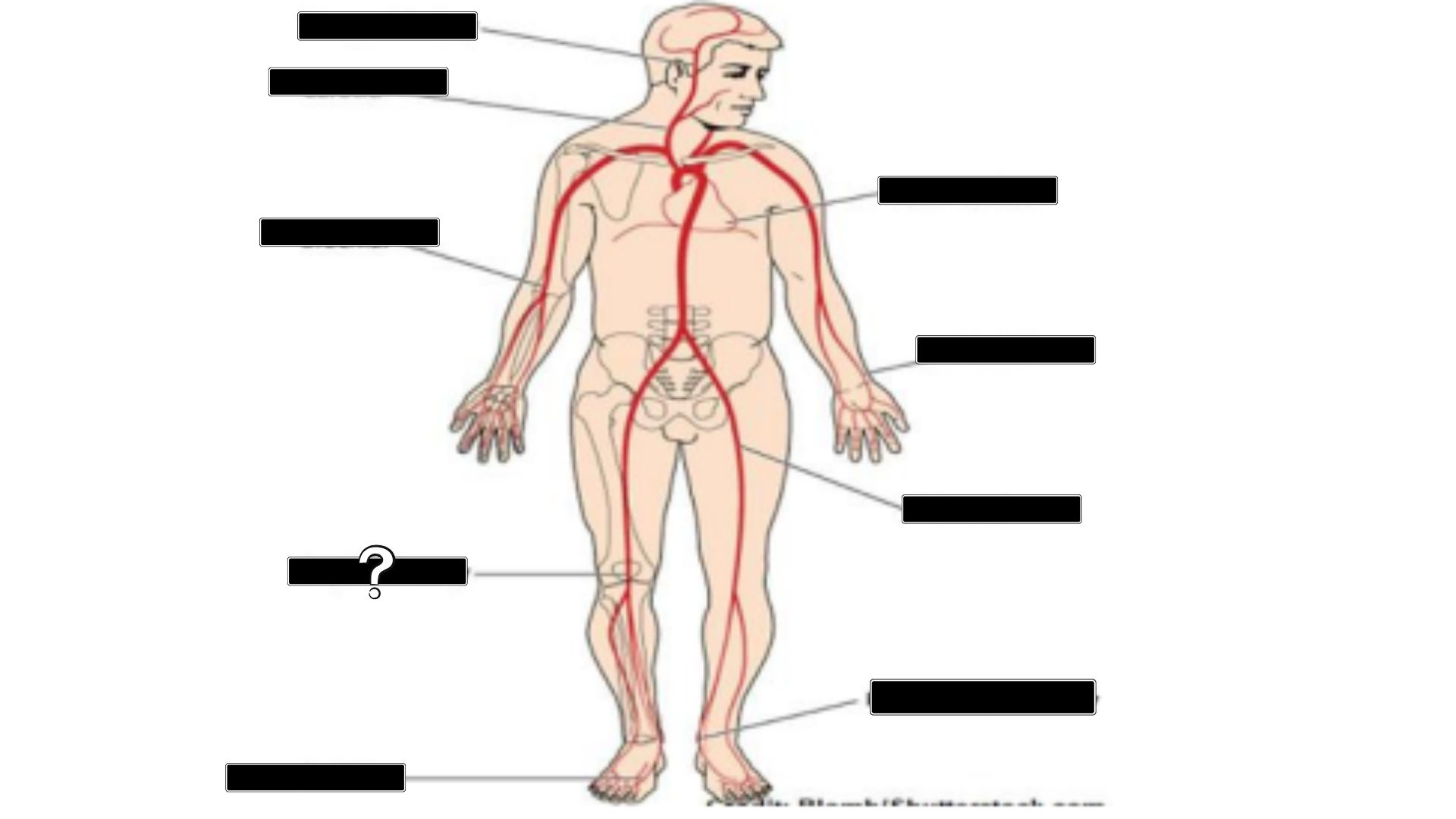
PEDAL
what is this
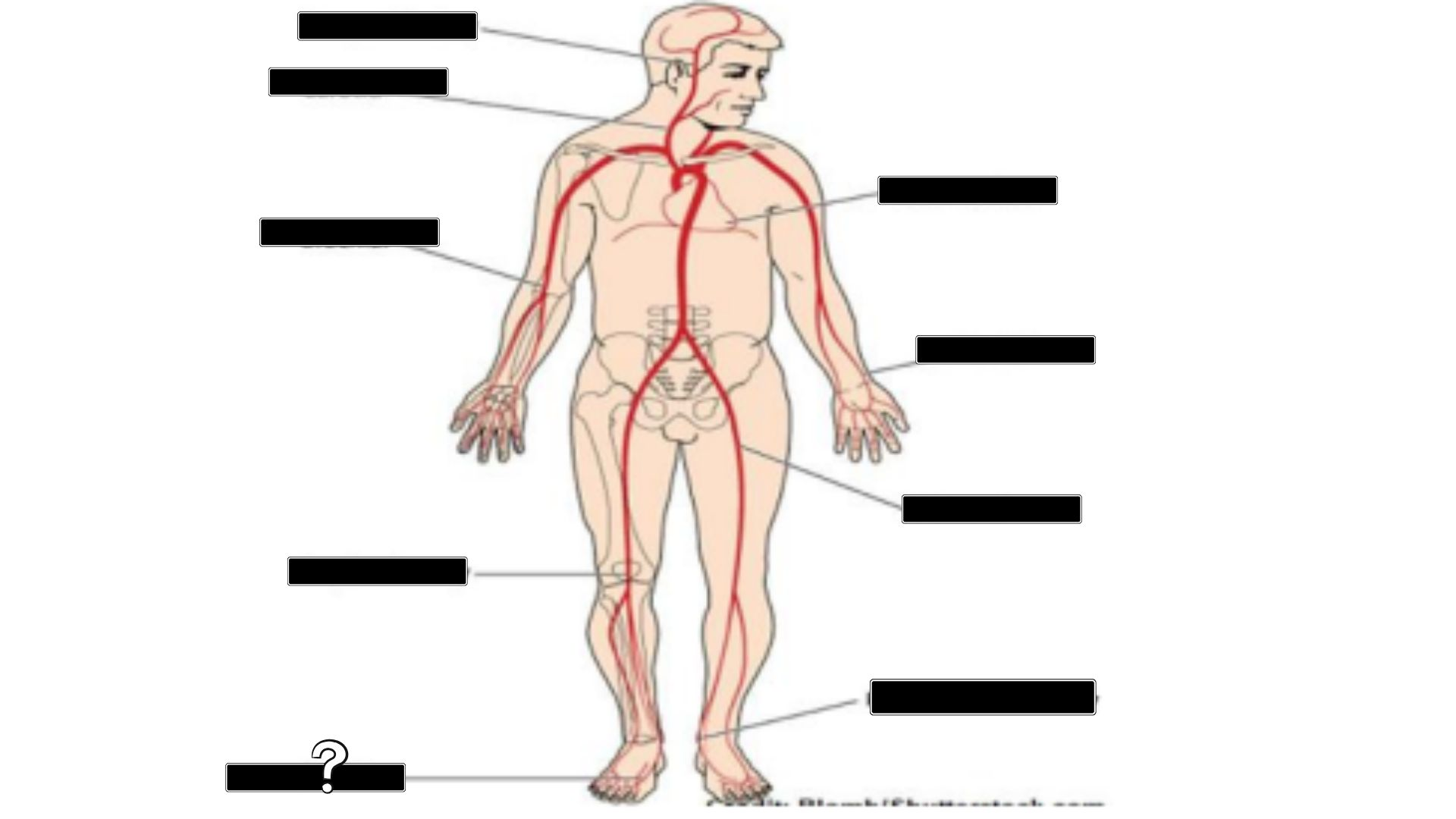
APICAL PULSE
what is this
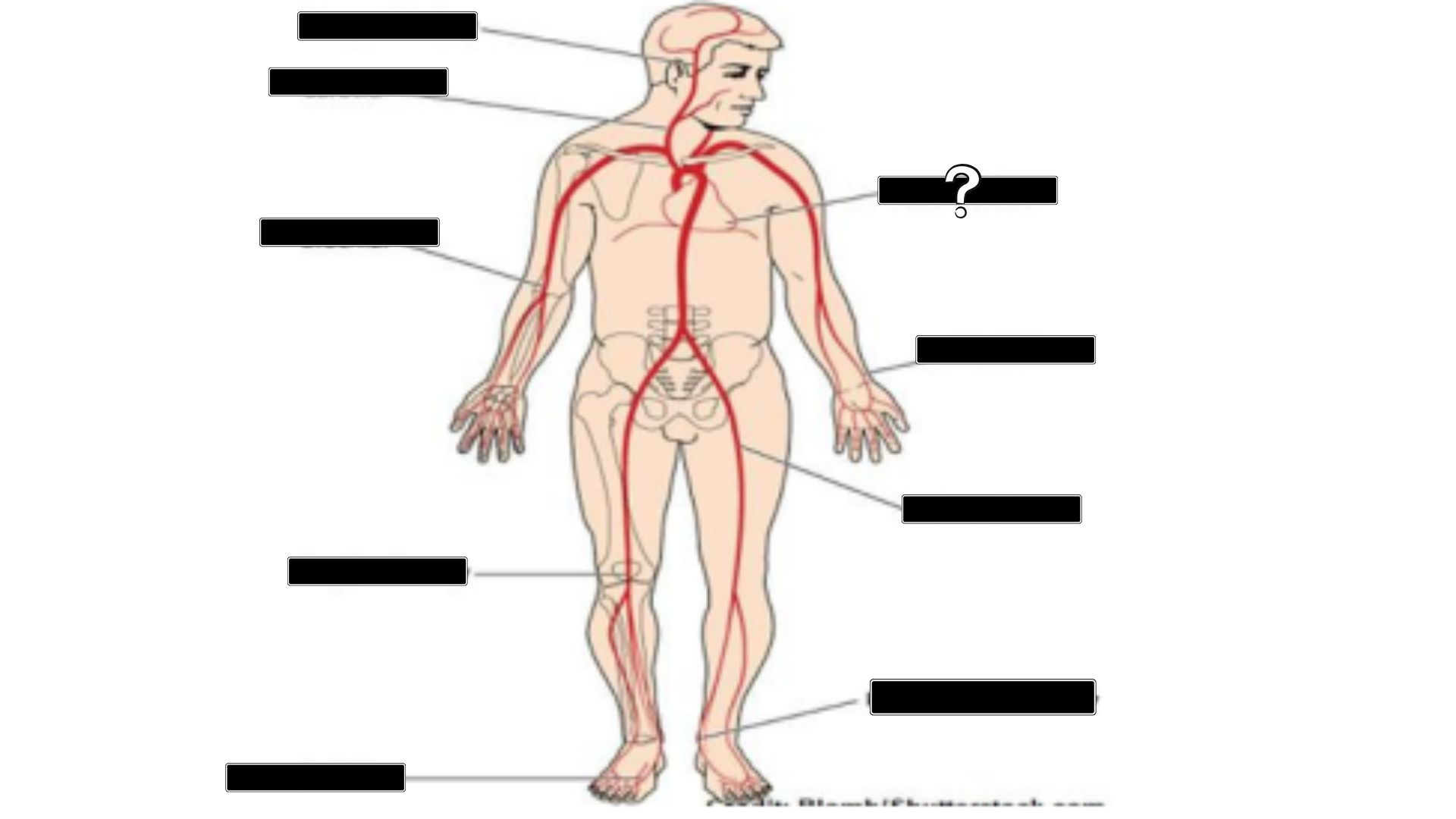
RADIAL
what is this
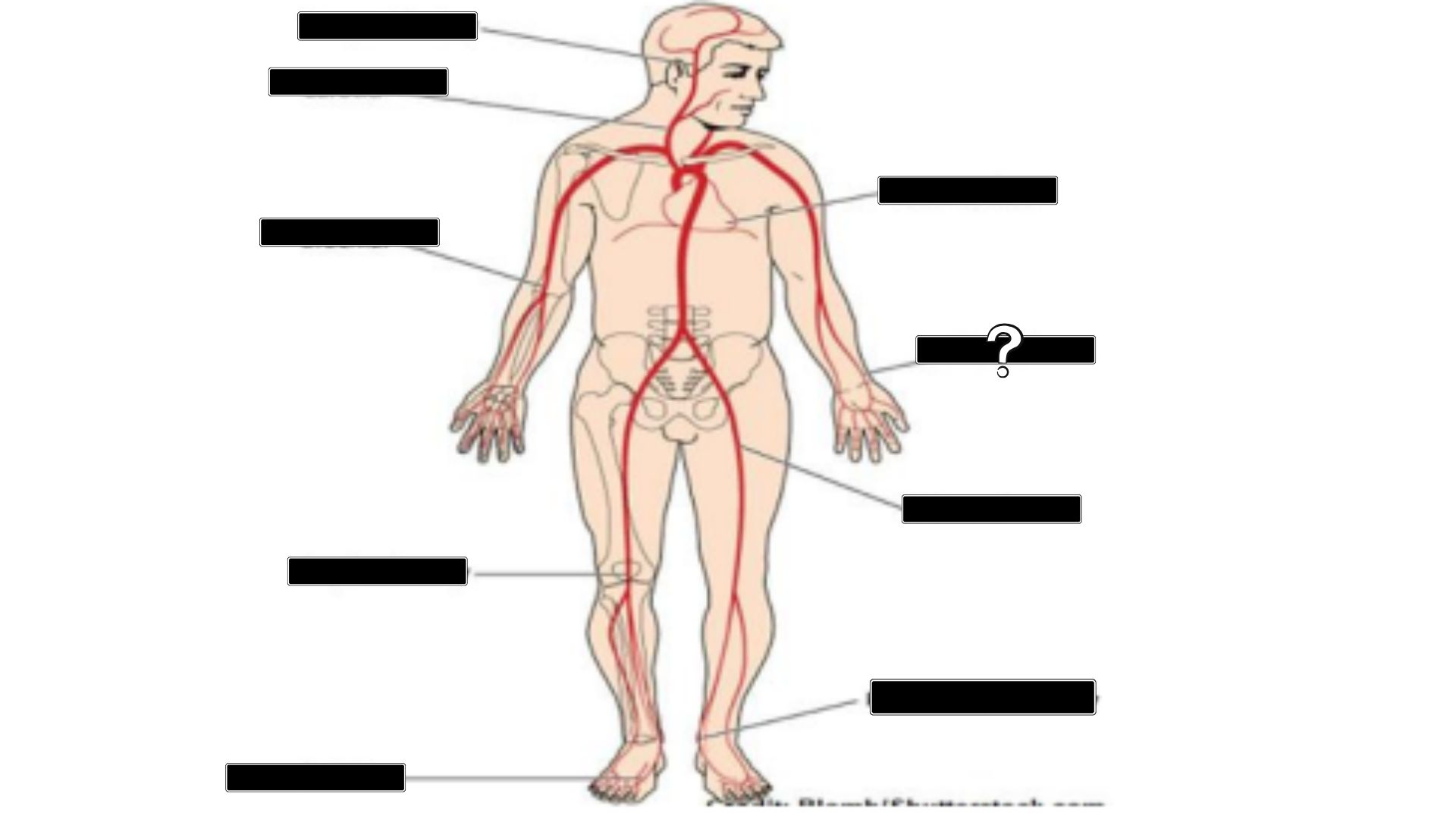
FEMORAL
what is this
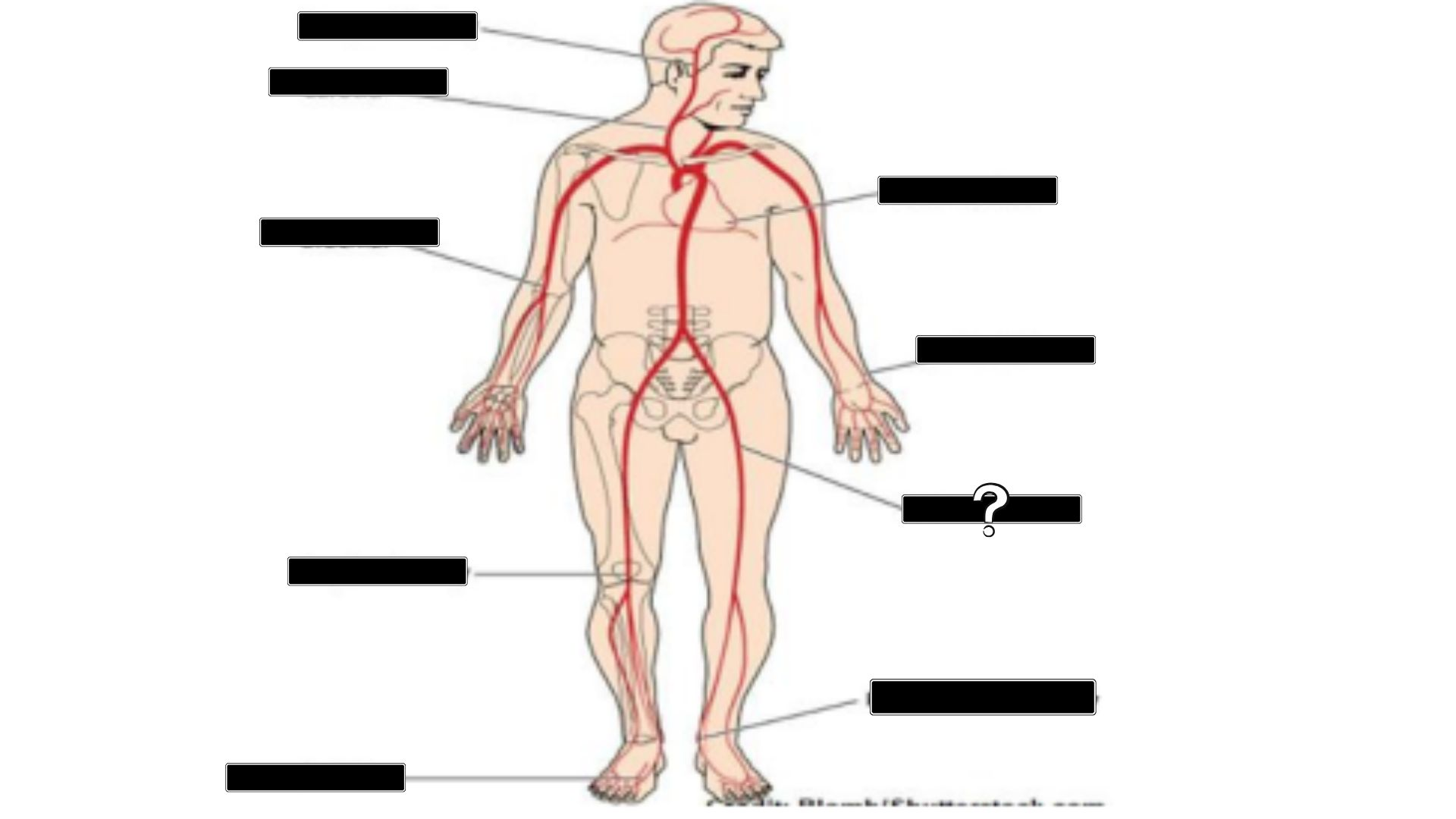
POSTERIOR TIBIAL ARTERY
what is this
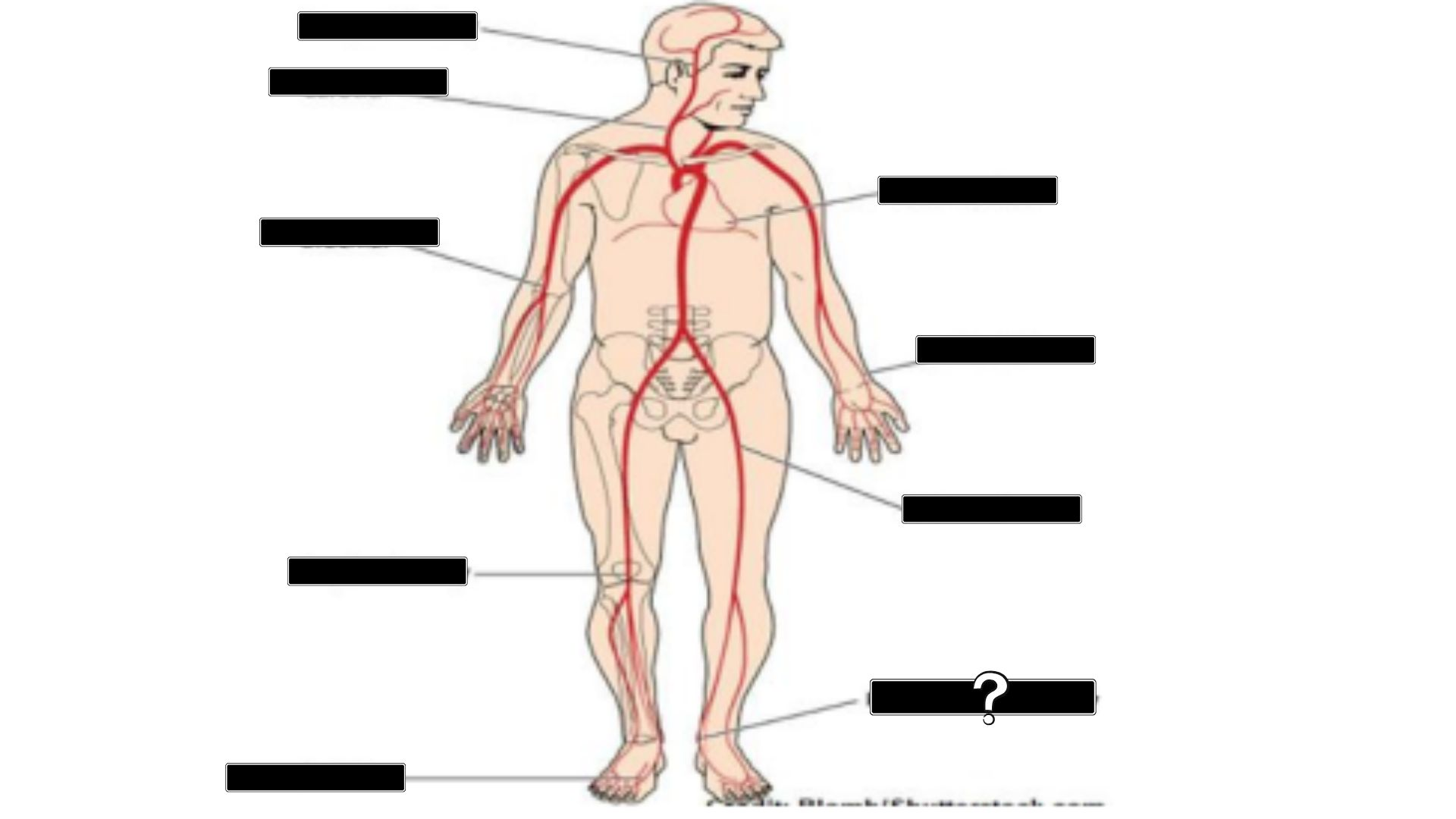
Difficulty of breathing
what is this DOB
15 to 20 breaths per minute
in terms of breathing, A normal adult takes between
BLOOD PRESSURE MEASUREMENT
Measure of pressure exerted by blood as it pulsates through the arteries
SYSTOLIC and DIASTOLIC
There are (2) pressure measures, what are these
120/80 depends on age
Normal rate for blood pressure
PULSE OXIMETER
device that measures a client's arterial blood oxygen saturation (Sa02) by means of a sensor attached to the client's finger or toe
95% to 100%
Normal reading for OXYGEN SATURATION MEASUREMENT
70%
Below _______ is life threatening for OXYGEN SATURATION MEASUREMENT
120
measurement for Systolic
80
measurement for Diastolic
Unfavorable surroundings, Presence of Crowds, Pressure From victim
Hindrances in First Aid {U,P.P}
Activate Medical Assistance
what is (A.M.A)
Activate Medical Assistance
2-5 mins arrival
fracture
is a partial or complete break in the bone, refers to a wound which occurs on a bone, in the form of cracking, breaking or sticking out of the body.
Closed broken bone - Open broken bone
CLASSIFICATION OF FRACTURE
deformity, open wounds, tenderness, swelling
SIGNS OR SYMPTOMS OF A FRACTURE
Pulse, Motor, Sensation
Assessment for fracture
Rest, Immobilize, Cold Compress, Elevate
Management for fracture
Elbow bandage
What kind of bandage is this
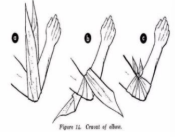
Ear injuries
what is this bandage for
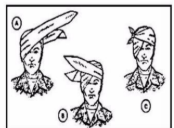
Palm of the hand
what is this bandage for
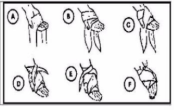
Cravat for the forearm, arm, leg and thigh
What kind of bandage is this
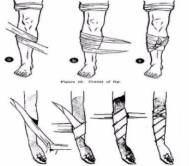
Hand bandage
What kind of bandage is this
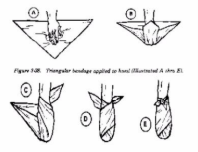
Head bandage
What kind of bandage is this
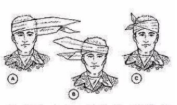
Arm Sling
What kind of bandage is this
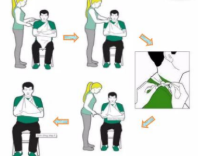
Underarm Sling
What kind of bandage is this
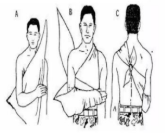
Shoulder Armpit Cravat
What kind of bandage is this
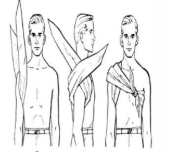
Chest Bandage
What kind of bandage is this

Applying pressure, Covering wounds and burns, Providing support and immobilization
Bandages have three key uses:
WOUND
Any PHYSICAL INJURY involving a BREAK IN LAYERS of the skin or body tissue.
Closed Wound
Is a wound where the OUTER LAYER OF THE SKIN is INTACT, and the DAMAGE LIES BELOW the surface.
Open Wound
The outer skin is broken. The break in the skin can be minor or severe
Abrasions
what kind of wound is this

Laceration
what kind of wound is this

Avulsion
what kind of wound is this

Puncture/Impalement
what kind of wound is this

Arteries/Arterial
Rapid And Profuse
Spurting With Heart Beat
Most Difficult To Control
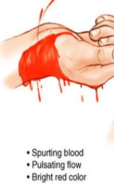
Veins/Venous
Steady Flow
Easier To Control
Low Pressure System
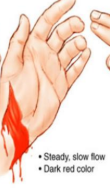
Capillaries
Slow And Oozing
Easily Controlled
Stops Spontaneously
